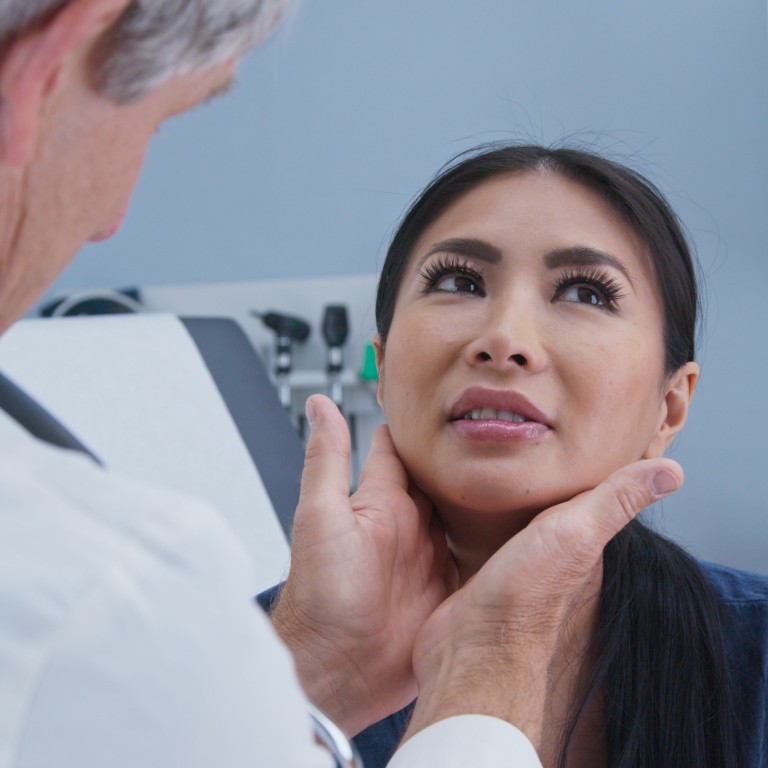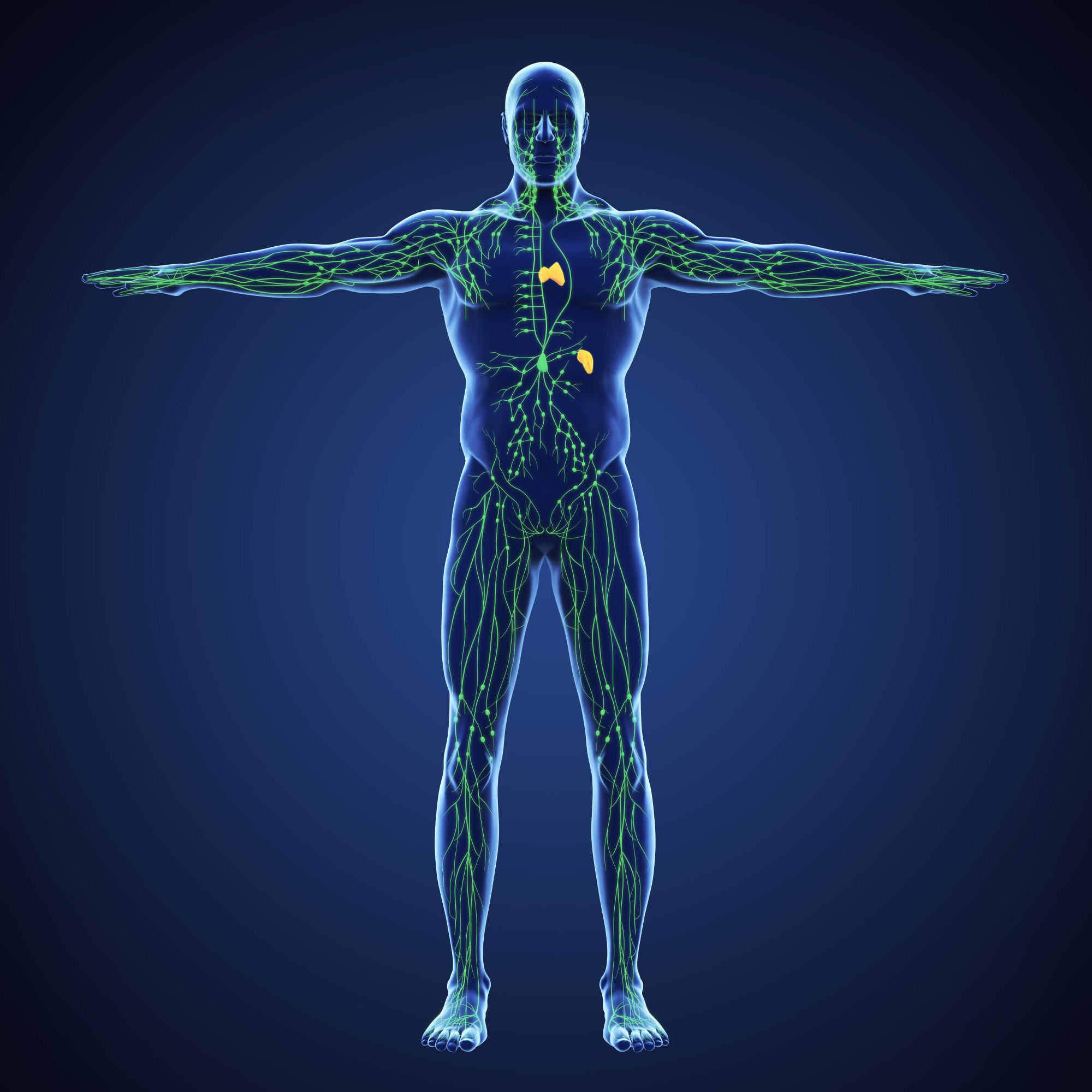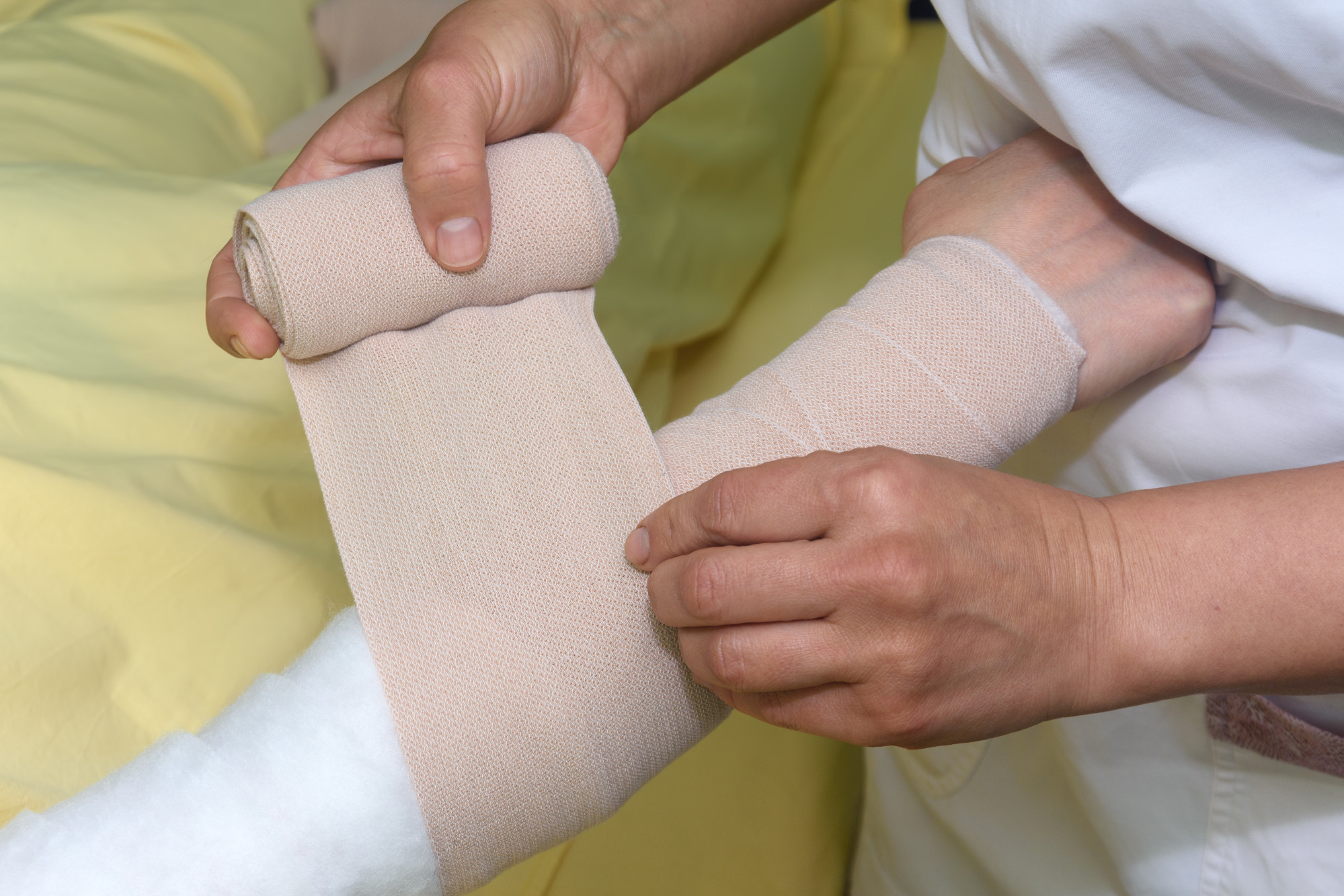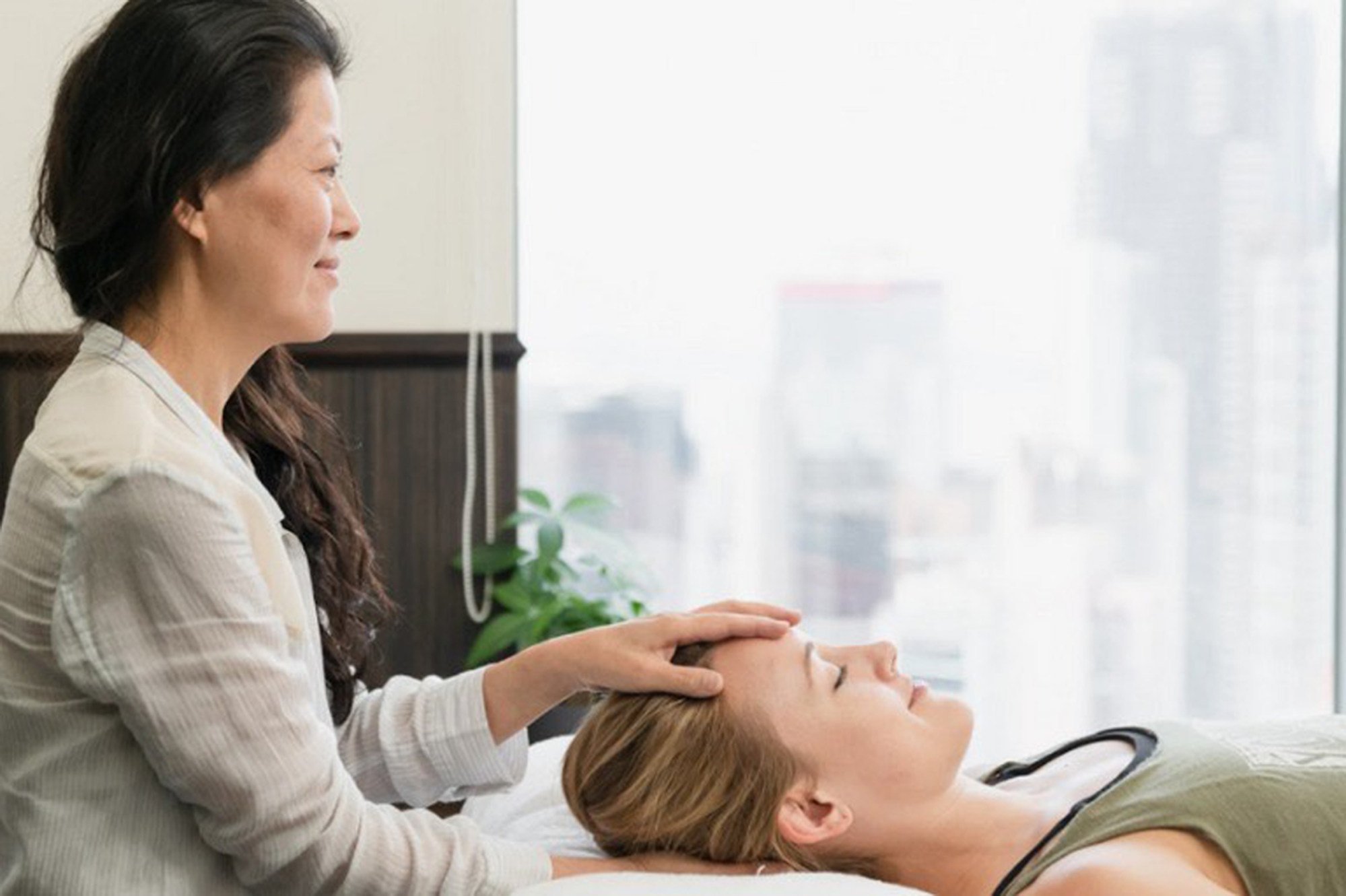
Explainer | The lymphatic system: how it works, lymphoma and other causes of swollen lymph nodes, and how to safeguard your health – experts explain
- The lymphatic system helps the body rid itself of impurities, and problems with it can lead to health issues, from weight gain to joint pain and even cancer
- Two experts talk about how obstruction can lead to different kinds of swelling, treatments for various issues, and how to keep your lymph nodes working properly
The lymphatic system is a network of tissues, vessels and organs working together to move a colourless, watery fluid called lymph back into the bloodstream.
Essentially a drainage network, it forms the foundation of our health and wellness.
About 20 litres (40 pints) of plasma flow through the body’s arteries, blood vessels and capillaries every day, delivering nutrients to cells and collecting their waste products.
Most of the plasma returns to circulation through the veins. But about three litres seep through the capillaries into the body’s tissues.

When any of the pathways are not working properly – imagine a blocked drain – we may suffer from swelling and fluid retention, hormone imbalance, gut issues, joint pain, and weight gain, says Michell See, a lymphatic drainage massage therapist at holistic medical practice Balance Health in Hong Kong.

As a result, she says, we can become more prone to sickness, sleep disorders and mood swings.
Dr Wong Sze-man, a Hong Kong general practitioner, says the lymphatic system manages fluid levels in our body, removes toxins from tissues and plays a vital role in our immunity, as it protects the body against bacteria, viruses and cancer cells.
A persistent, painless and enlarging lymph node may lead to lymphoma or lymphatic cancer
A doctor may check for swollen lymph nodes on the neck or in the armpits or groin. Wong says that patients tend to be rightly concerned about such lumps. They often wonder how serious they are, and whether they will go away or multiply.
A consultation usually begins with a complete history: “Are there any symptoms suggesting infection? Were there any recent cat scratches or tick bites? Any fever, night sweats or unexplained weight loss? Any recent medications? Any family history of lymphoma?”
Adenopathy – inflammation of glandular tissue or lymph nodes – is the symptom Wong encounters most in her practice.

“Infection, inflammation and cancers are all possible causes, and our task is to differentiate among them,” she says.
When the lymphatic system is disrupted, she says, doctors see either lymphadenopathy (swelling of the lymph nodes) or lymphoedema – an accumulation of fluid in a part of the body such as an arm or leg.
This swelling usually manifests as small, tender lumps, indicating that the body is fighting against invasive microorganisms. As the infection subsides, the lumps disappear.

Lymphoedema results from an accumulation of fluid in body tissues. An obstruction of lymphatic vessels may cause this because of an infection such as cellulitis, a blood clot or a tumour blocking the lymph flow.
Treatment of lymphoedema involves bandaging the affected limb, massage therapy and preventing infection. But “efficacy is limited in severe cases”, Wong says.

“A persistent, painless and enlarging lymph node is more worrisome as it may lead to a more sinister diagnosis, such as lymphoma or lymphatic cancer,” she says.
Lymphoma is among the top 10 most common cancers in Hong Kong, Wong says. And while a GP usually sees few cases in their career, it’s a diagnosis doctors keep in mind when a patient has one or more firm, painless lymph nodes – especially when they also complain of fatigue and unexplained weight loss.
Most cases of adenopathy are benign. But I occasionally see severe cases of lymphatic cancer, which is why I emphasise prevention
Lymphatic massage – for lymphatic drainage – benefits even those with healthy lymphatic systems, See says.
The lymphatic system supports the body’s purification centres: the nodes break down and destroy impurities so they can eventually be flushed out of the body through the organs of elimination – including the digestive system, urinary tract, skin, liver and lungs.

Lymphatic drainage therapy delivers a host of benefits: it helps to divert stagnant fluid in skin, mucosa, muscles, joints, indeed every part of the body down to the “chambers of the eyes and cochlea”, See says.
It also helps to “evacuate fat” and boosts the immune system by supporting the flow of antigens to lymph nodes, See says.
How a tui na TCM massage could benefit you
It also reduces pain and muscle spasms because in relieving fluid stagnation, it helps inhibit “nociceptors” – the tiny nerve-cell endings that deliver the sensation of pain (“noci-” is derived from the Latin for “hurt”).
A lymphatic drainage massage can even help to stimulate the parasympathetic system and calm our fight-or-flight response, which can lower stress levels.
A massage to aid drainage may not be accessible or affordable for all. See suggests these four practical ways to support a healthy lymphatic system ourselves:
Know your family medical history: your health could depend on it
1. Breathing
Inhale deeply through your nose into your chest and abdomen and exhale slowly through loose lips.
2. Tapping
Use a cupped hand to tap the skin above the collarbone to stimulate lymph capillaries below the skin.
3. Walking
4. Swimming
This exercise promotes lymph movement, and the water’s pressure against the body provides a built-in “compression” that helps lymphatic circulation. It also triggers an increase in deep inhalations.

Wong also has four simple tips that are basic for a healthy life – and a healthy lymphatic system: have a healthy diet, don’t smoke, take regular exercise and avoid unnecessary UV radiation exposure.
“Most cases of adenopathy are benign,” she says. “But I occasionally see severe cases of lymphatic cancer, which is why I emphasise prevention in my daily practice.”

